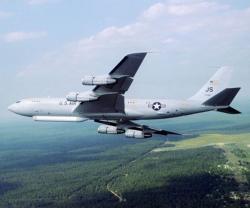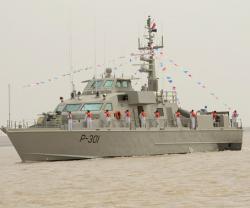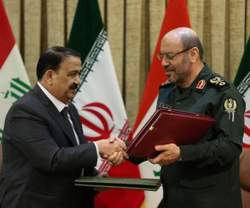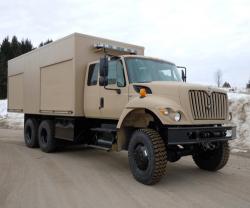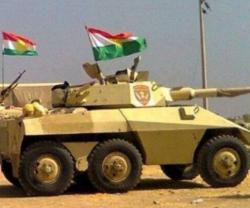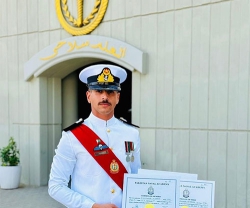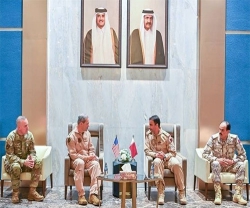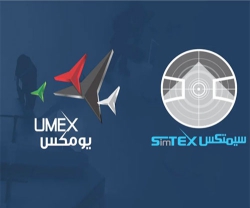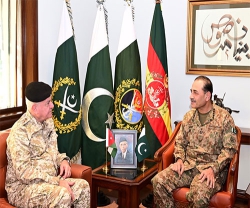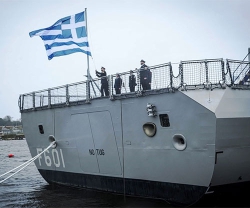With the goal of reducing the sensor-to-shooter timeline to just minutes and expanding airborne ground surveillance command and control, Northrop Grumman Corporation(NGC) recently completed the installation and testing of a multispectral intelligence sensor housed in a new Keel beam Accessory Bay (KAB) on a modified E-8C Joint Surveillance Target Attack Radar System (Joint STARS) aircraft.
"Once it is delivered, our combat commanders and joint forces will have a powerful new capability to track identified targets throughout the battle space and free up other sensors to support operational needs," said Mike Mos, Director of Joint STARS' Architectures and Concept Demonstrations for Northrop Grumman Aerospace Systems.
The installation and test examined the use of the MS-177 camera, a 500-pound multispectral intelligence sensor on the all-weather Joint STARS weapons system. The goal was to see how the sensor enhances combat identification in support of Joint STARS' continued role as a valued battle manager providing eyes in the sky for boots on the ground. While in test flights off the coast of Florida, Joint STARS operators tasked the MS-177 sensor to collect information and streamed it into the battle management system already in place-producing very strong results. Joint STARS operators were able to simultaneously exploit ground moving target indication (GMTI) and high-resolution imagery which expanded situational awareness. Images were also transmitted to off-board SIPRNET elements using its beyond-line-of-sight (BLOS) satellite communications system capabilities.
The Northrop Grumman technical team worked closely with the U.S. Air Force's Electronics Systems Center and Aeronautical Systems Center engineers to ensure airworthiness of the aircraft after the KAB and camera were installed, as well as a new multi-sensor fairing to support dual-sided operations.
The 17-aircraft Joint STARS fleet is the only all-weather, long-range, real-time, wide area surveillance and battle management and command and control weapons system in the world. It is flown by the 116th Air Control Wing based in Warner Robins, Georgia, and since 2001, crews have flown over 63,000 hours in 5,200 combat missions in support of Operation Iraqi Freedom, Operation Enduring Freedom and Operation New Dawn.


